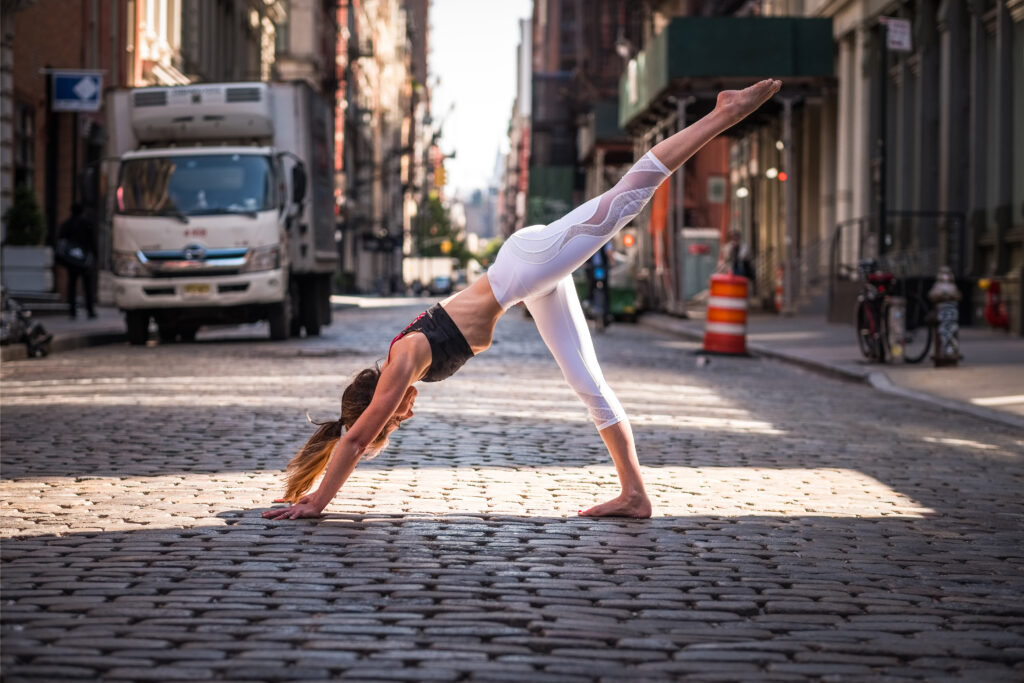I never used to think much about collagen until I got into my 40s. Now I can’t help but hear about it almost every day in ads for skin and joint health. So what’s the big deal that makes collagen such a hot topic in healthcare and beauty? In LYT Yoga®, we’re constantly talking about “soft tissues” and “connective tissues”. Similar to the framework of a house, connective tissue provides structure, support, and protection throughout the body. Connective tissue is comprised of ground substances, fibers, and cells. The ground substance and fibers make up something called the extracellular matrix, which is the structural support of connective tissue. The three types of fibers include elastin, reticulin, and of course, collagen.
Collagen fibers are large and strong, providing high tensile strength to the extracellular matrix, and can be found in both dense and loose connective tissue. There are actually 28 different types of collagen in the body, with four being the most common:
- Type I – makes up over 90% of the collagen in the human body and is found in all connective tissue, but most notably scar tissue, tendons, ligaments, bone, skin, eyes, and teeth. It’s both flexible and strong, providing resistance to tension, force, and stretch.
- Type II – found in the cartilage of joints and intervertebral discs, providing resistance to pressure.
- Type III – often found in organs such as skin and blood vessels, providing a flexible meshwork for cells – it’s also abundant during the early stages of wound healing.
- Type IV – an essential component to the membranes of the kidneys, inner ear, and lens of the eye, providing support and sites of attachment.
As we age, the production of collagen begins to slow, which causes the cell structures to weaken. Skin becomes thinner, drier, and less elastic, causing wrinkles to form and skin to sag. Womp womp. Bones become weaker and more fragile. Ligaments lose their elasticity. Joints become stiffer as the cartilage wears down. Finally, muscle function decreases. Woof.
But don’t lose hope! Exercise has been shown to prevent cartilage degeneration in the body and help keep the skin healthy and vibrant. Researchers have shown that during exercise, the compression of the joint cartilage (made up of collagen) stimulates the tissue cells to block the action of inflammatory molecules associated with conditions like arthritis. There is certainly a threshold of doing enough, but not too much however. Exercise also increases blood flow, which helps to nourish skin cells. In addition to providing oxygen, blood carries away waste products, including free radicals, from cells. So you can think of it as helping to flush the system.
So the next time you hop on your mat and your favorite LYT Yoga instructor is challenging you to work a little harder or sweat a little more, think of the good you’re doing for your connective tissues and collagen! 🙂 If you want more information on healthy skin care, check out our LYT Yoga Blog by Jana Broeckx, European LYT Yoga teacher and entrepreneur! See the link below! You know we’re always pulling for you! Until then, I’ll see you on the mat!
Xoxo,
Kristin






